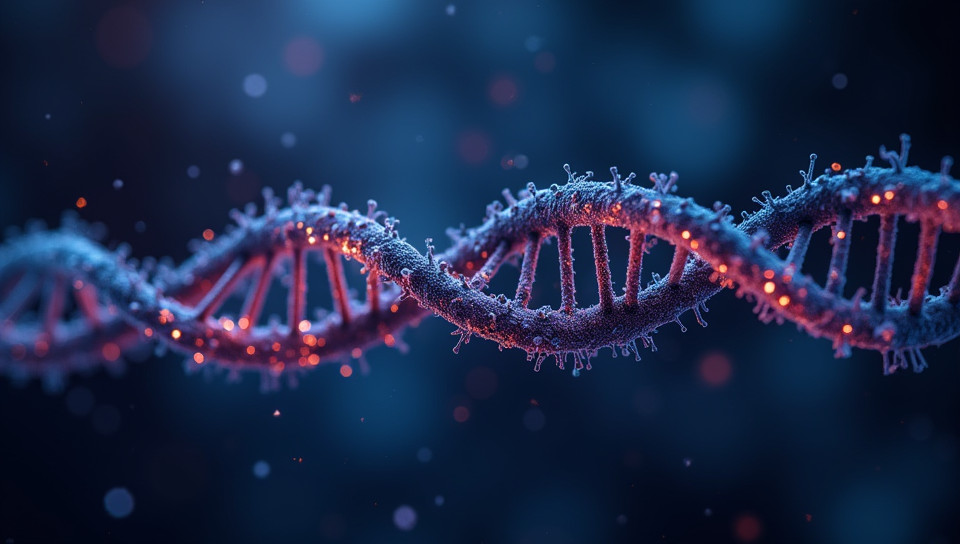Genetic modification enables expression of light-activated channels and pumps 38%

Genetic modification enables expression of light-activated channels and pumps
Imagine being able to control the flow of ions and molecules within cells simply by shining a light on them. This sounds like science fiction, but it's now a reality thanks to genetic modification techniques that enable the expression of light-activated channels and pumps.
What are light-activated channels and pumps?
Light-activated channels and pumps are proteins that can be triggered to open or close in response to specific wavelengths of light. These proteins are designed to interact with light-sensitive molecules, allowing researchers to control their activity remotely. This technology has far-reaching implications for various fields, including biotechnology, medicine, and environmental science.
How do genetic modification techniques work?
Genetic modification techniques involve making targeted changes to an organism's DNA in order to introduce new traits or characteristics. In the case of light-activated channels and pumps, scientists use gene editing tools like CRISPR-Cas9 to insert genes that code for these proteins into cells. Once expressed, these proteins can be activated by specific wavelengths of light, allowing researchers to control their activity.
Applications of light-activated channels and pumps
The applications of light-activated channels and pumps are vast and varied:
- Improving crop yields through precise control of nutrient uptake
- Developing new treatments for diseases such as cancer and Parkinson's
- Enhancing bioremediation techniques to clean up environmental pollutants
- Creating advanced biosensors for monitoring environmental health
Conclusion
Genetic modification has opened doors to a new era of precision and control in biology. The expression of light-activated channels and pumps is just the beginning, with potential applications spanning multiple fields. As researchers continue to develop and refine this technology, we can expect to see groundbreaking innovations that transform our understanding of living systems and improve human health and the environment.
- Created by: Krishna Devi
- Created at: Dec. 27, 2024, 12:46 p.m.
- ID: 17125









